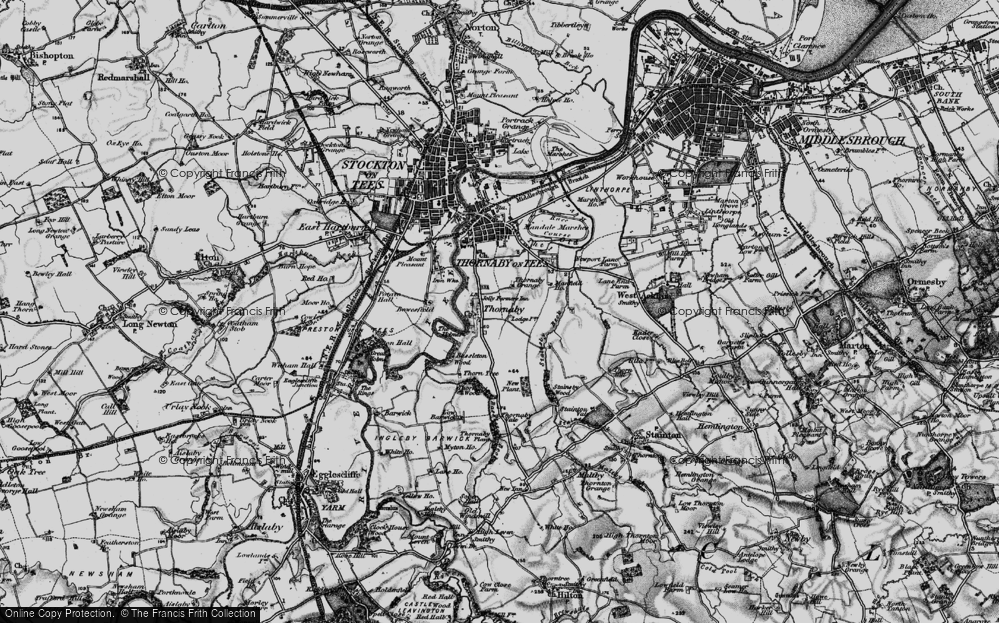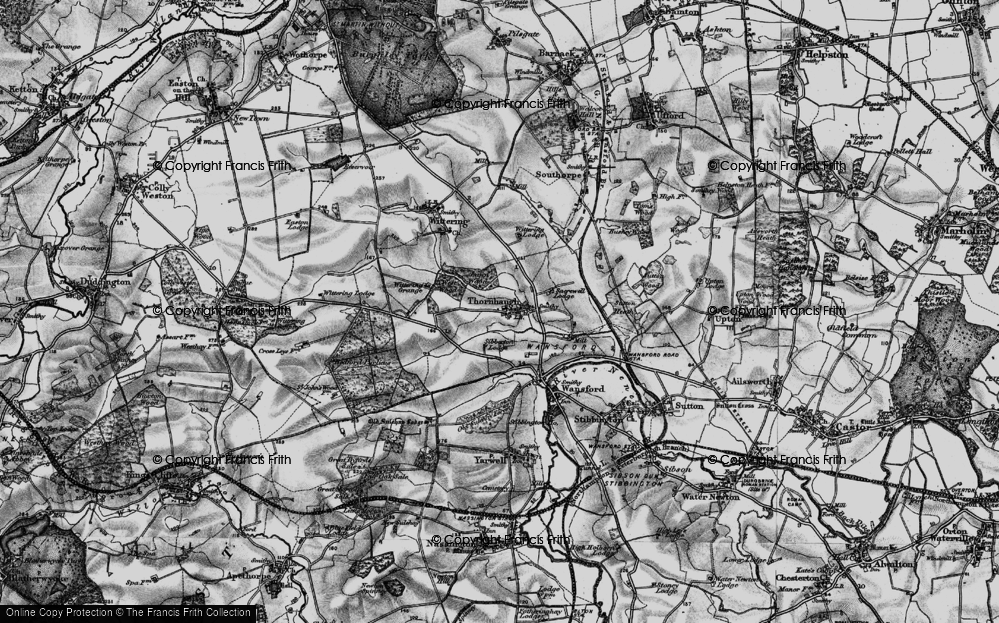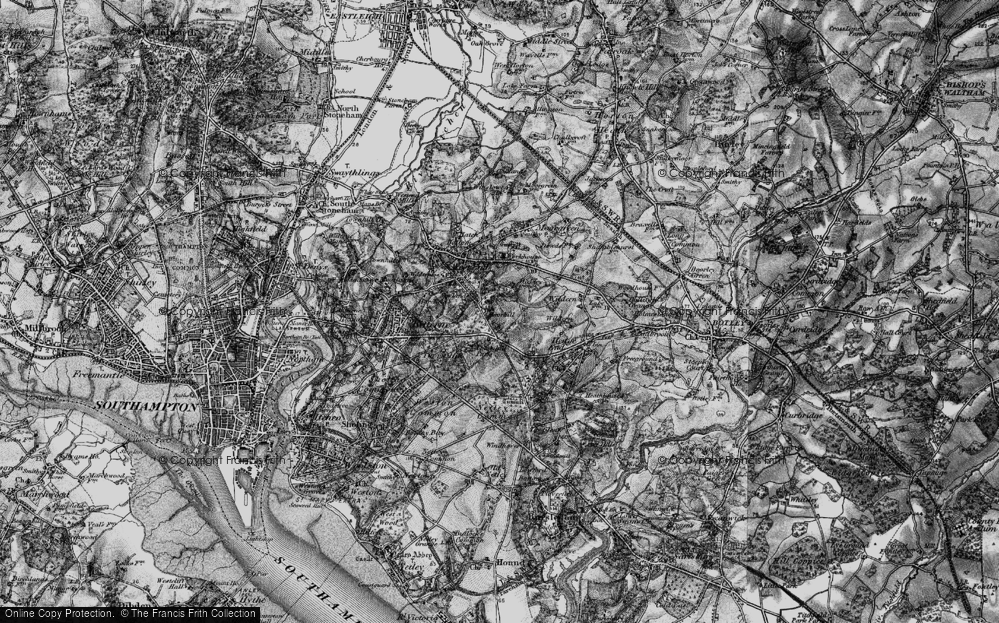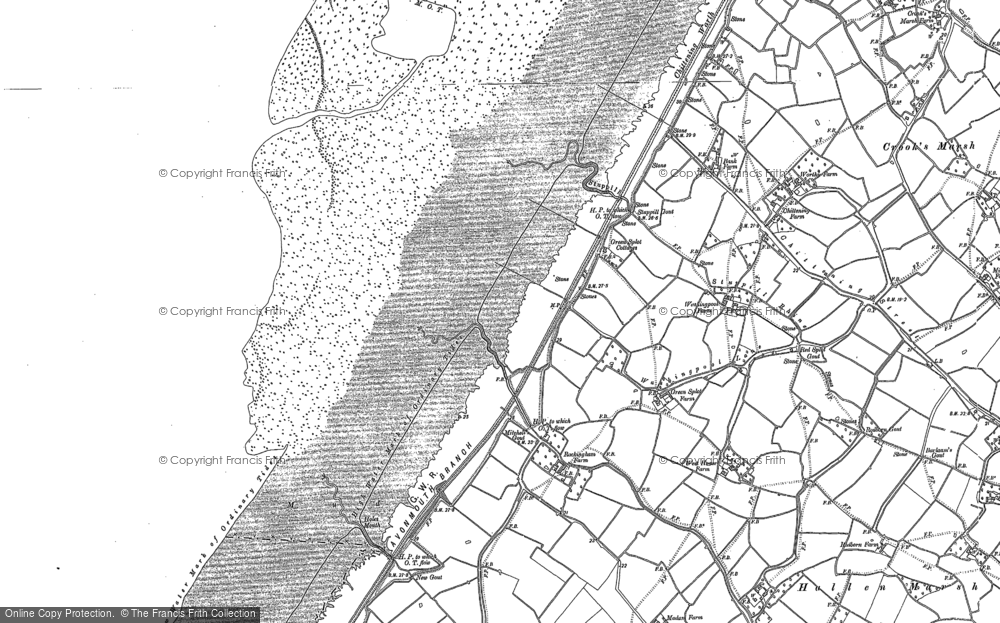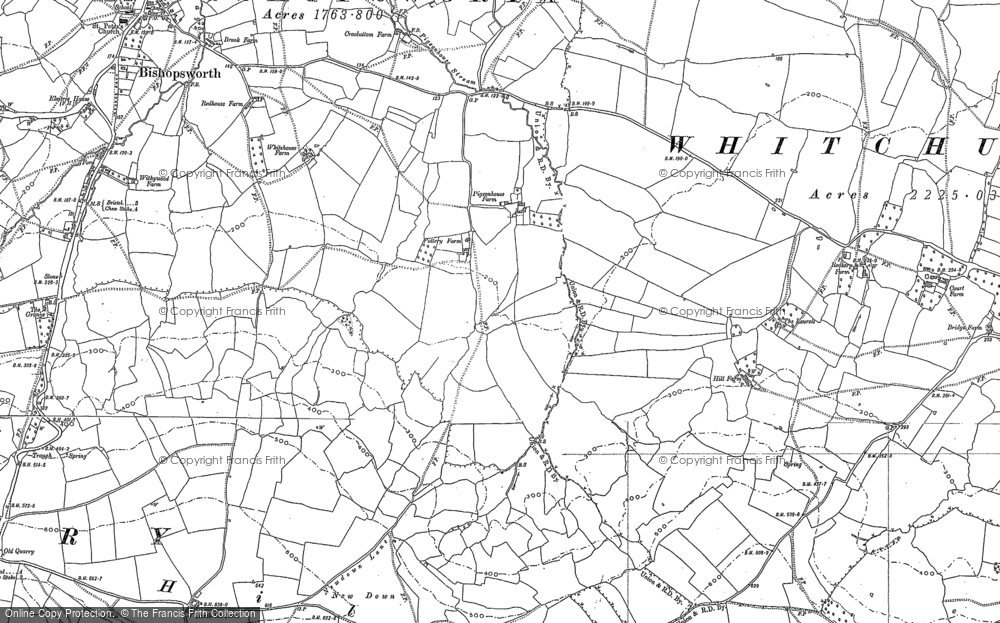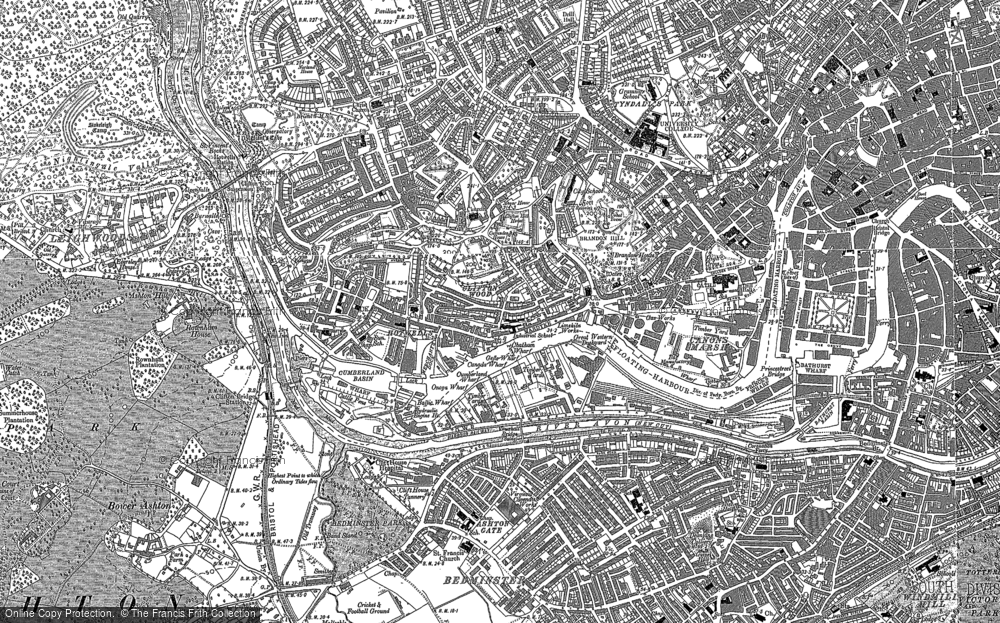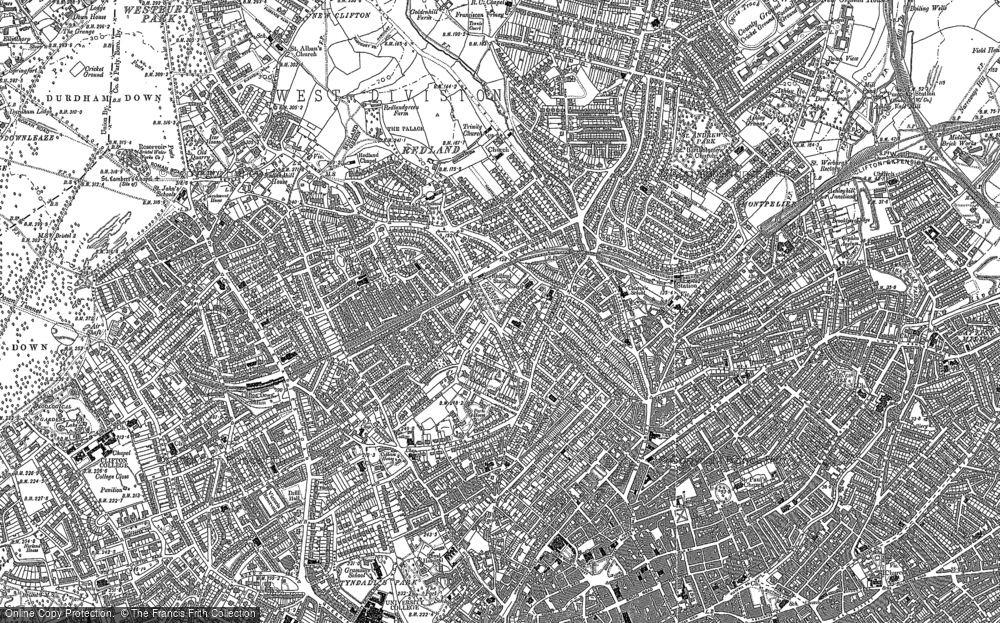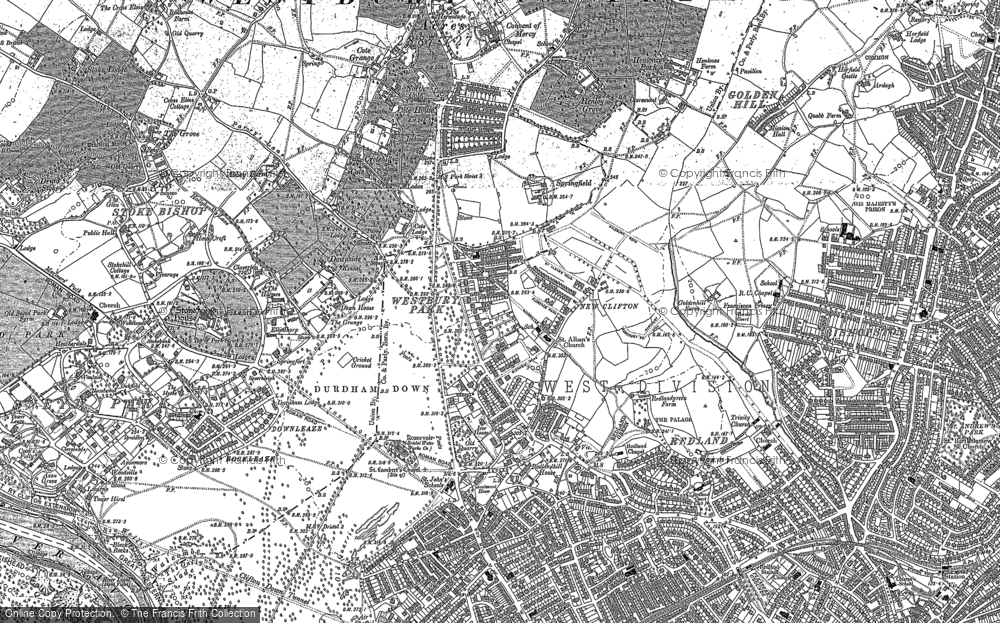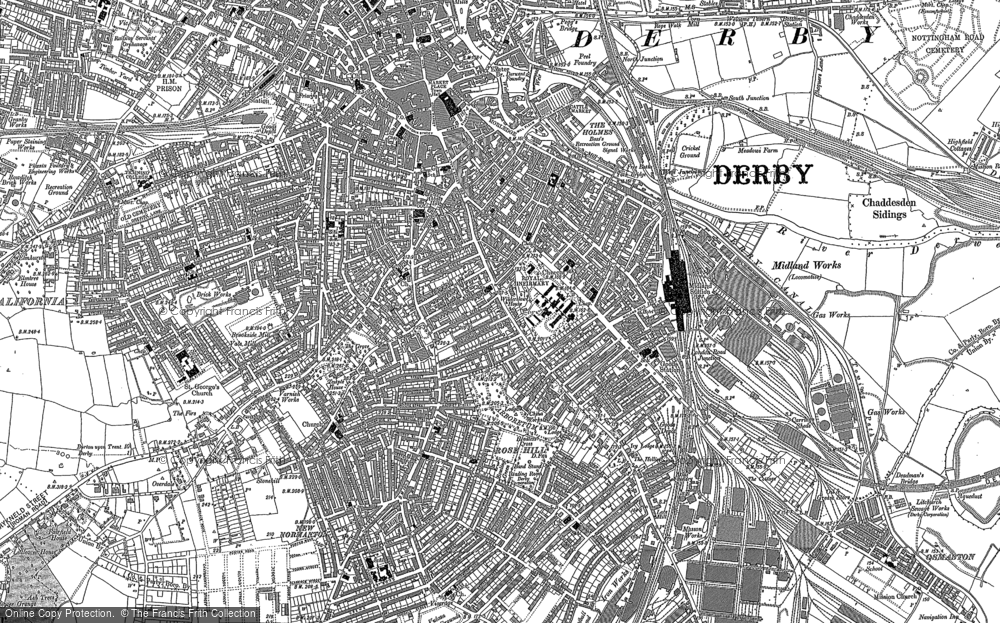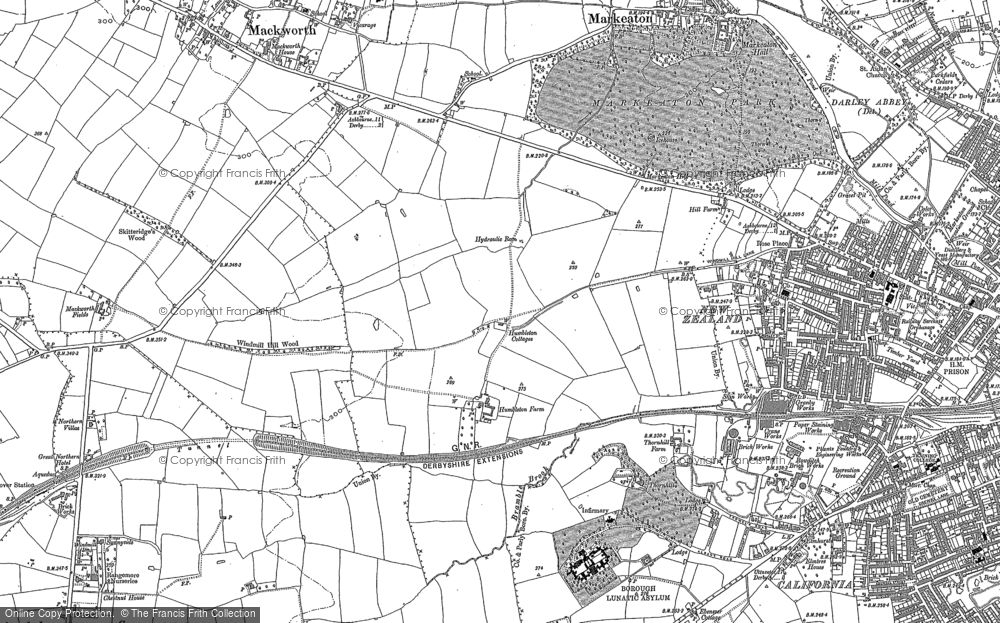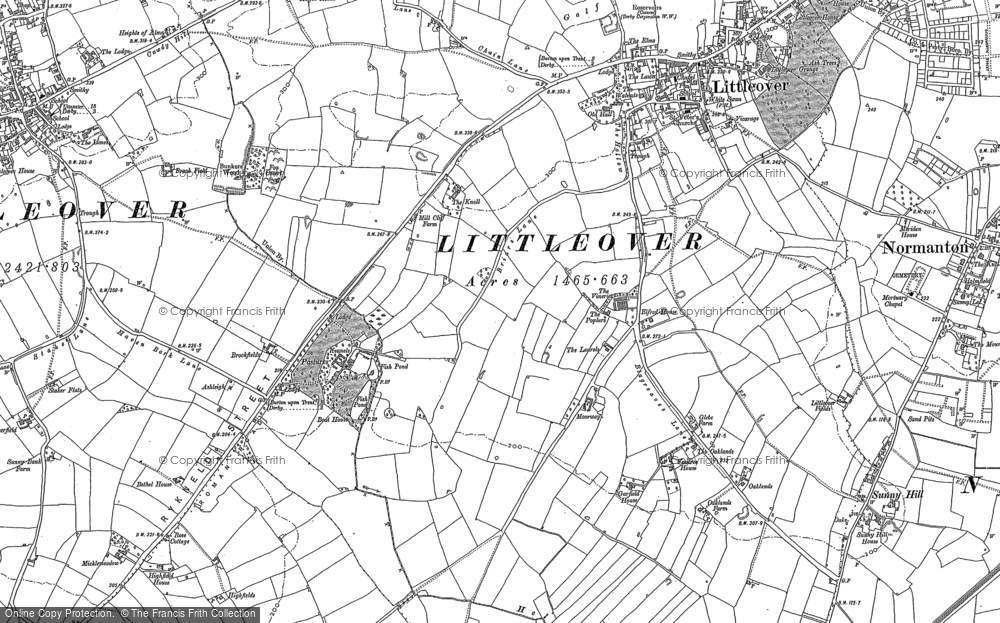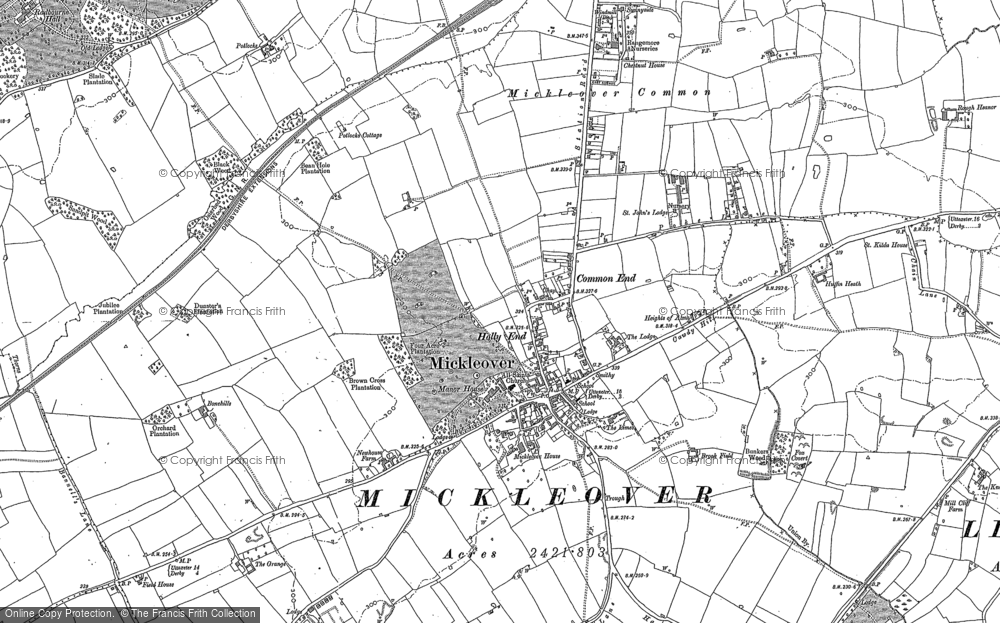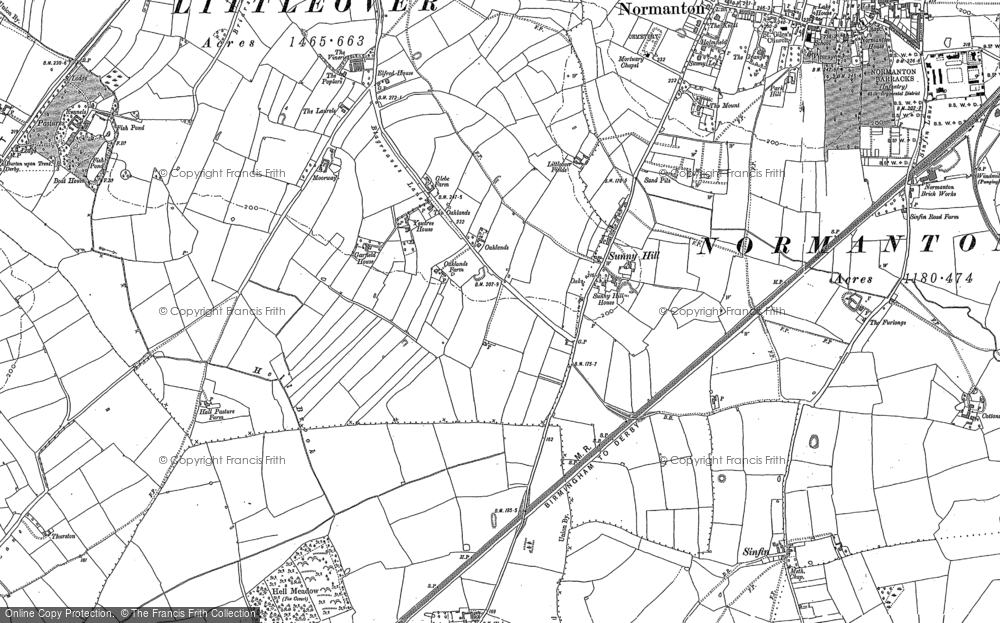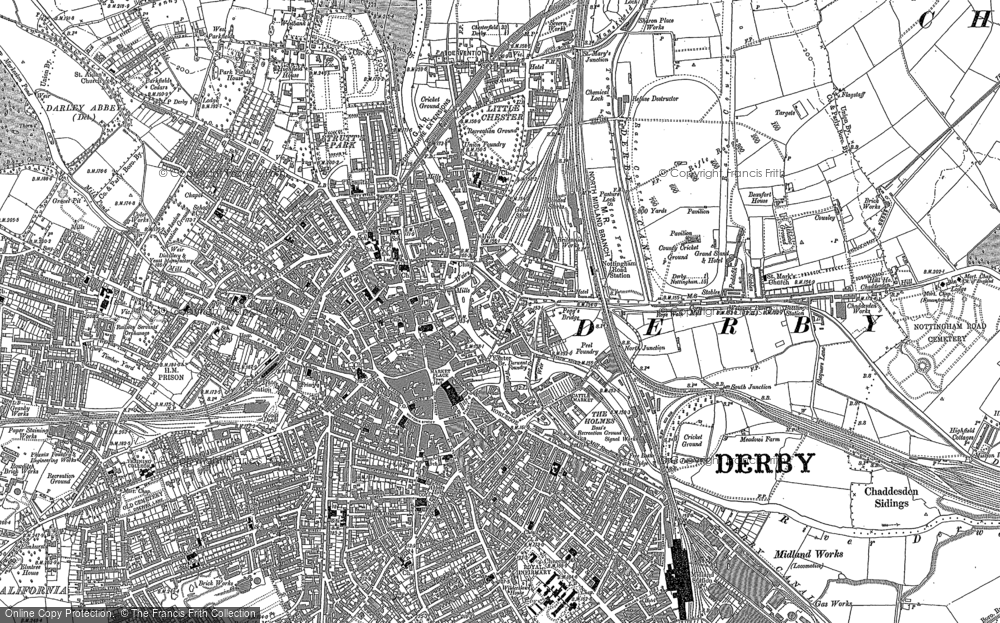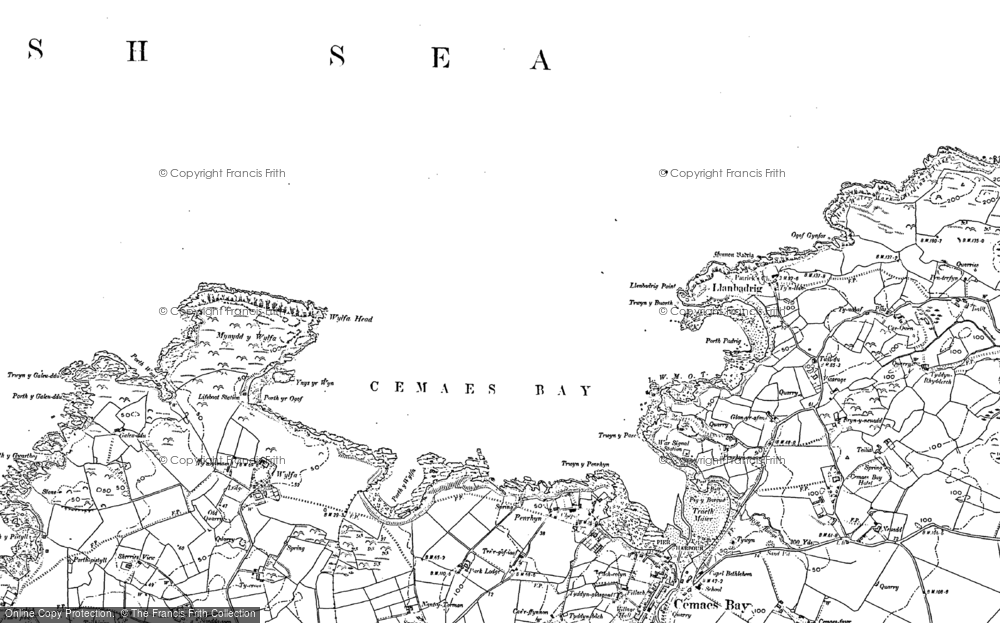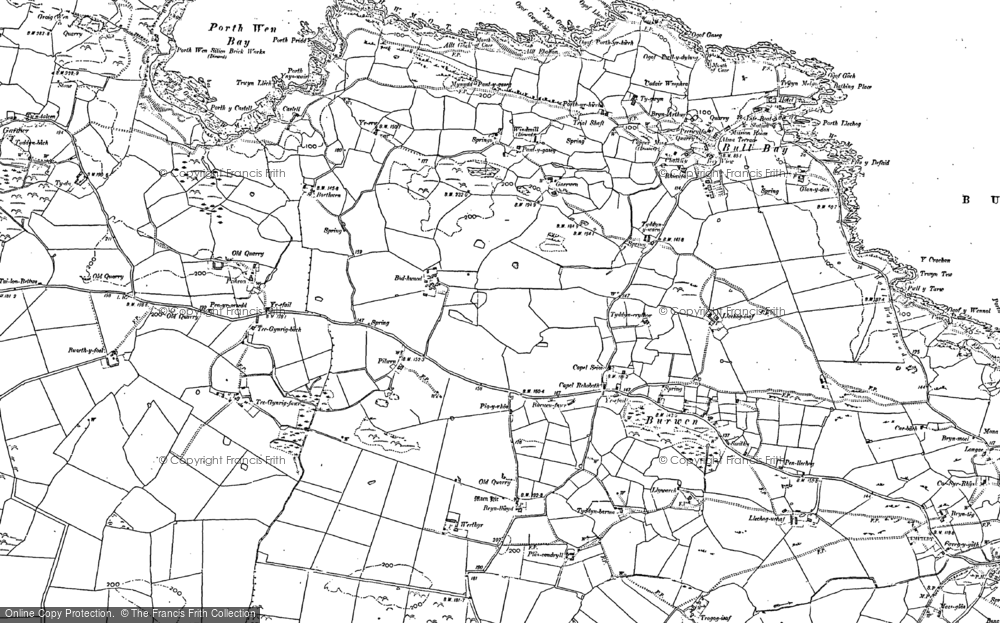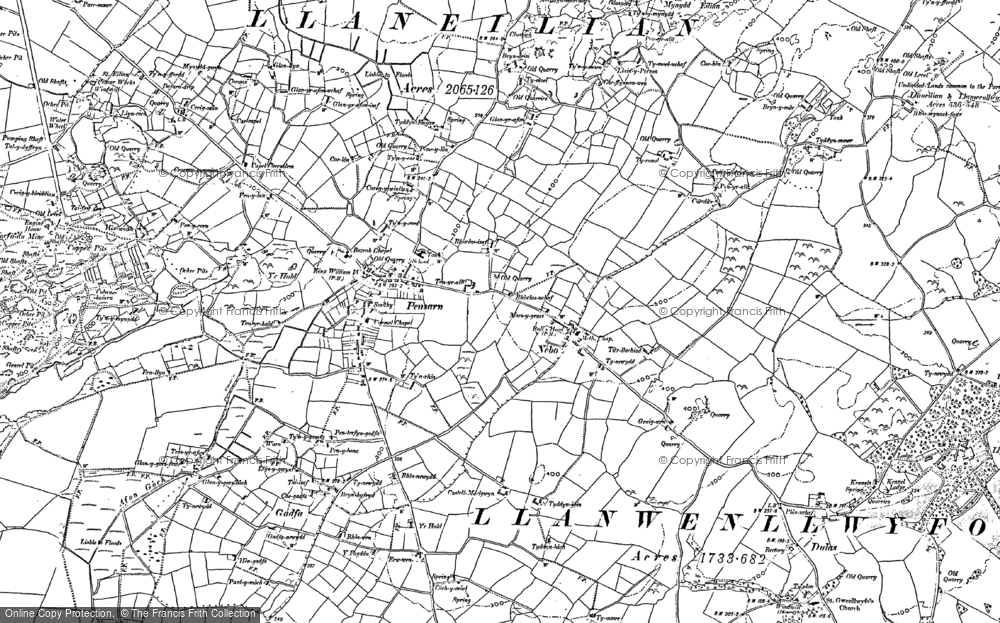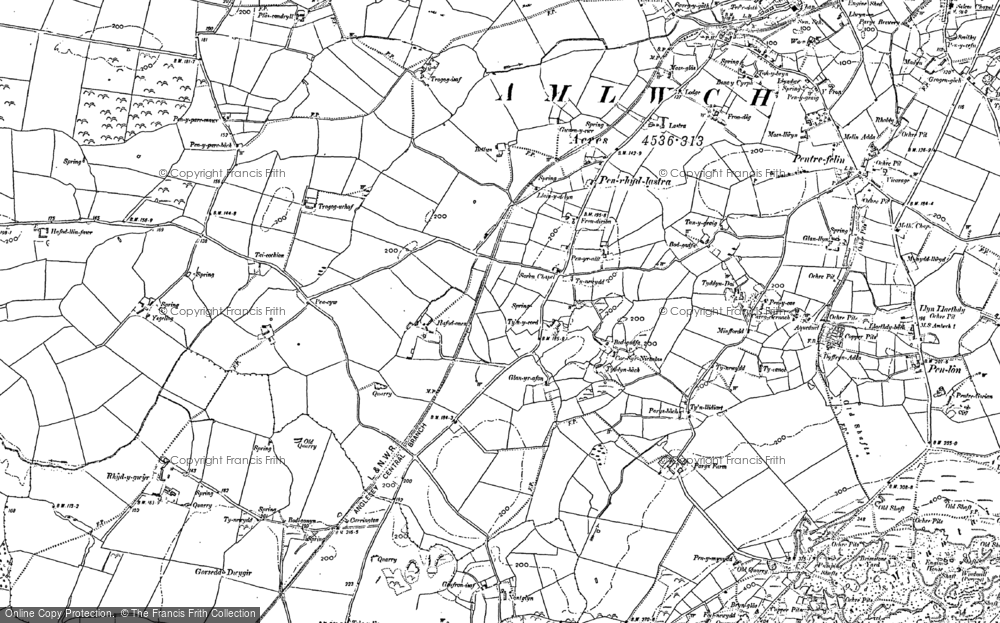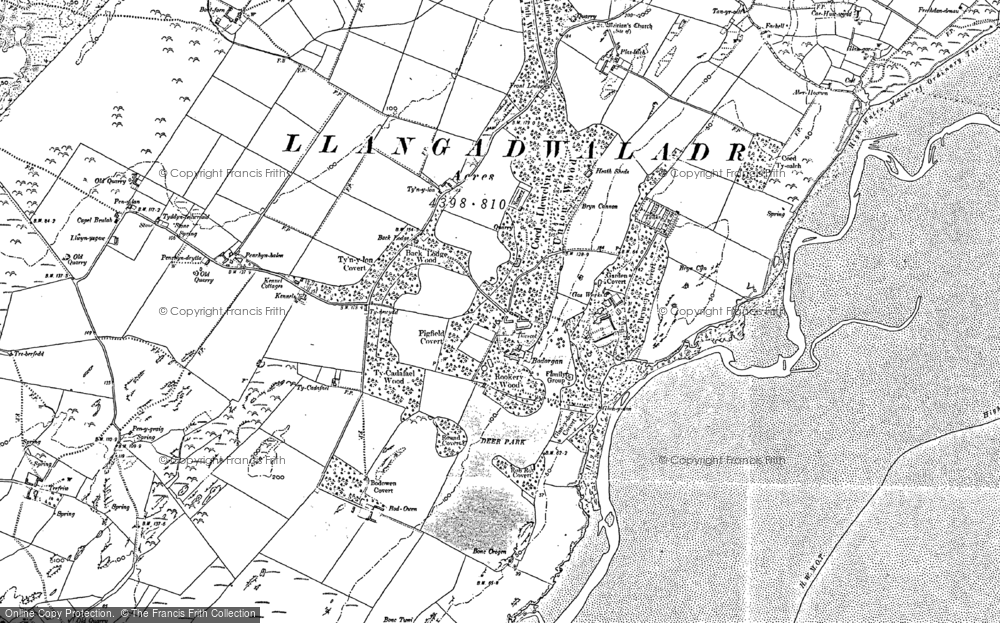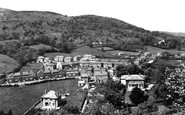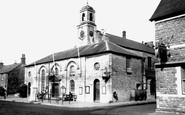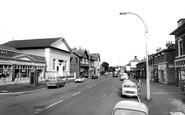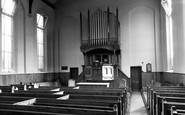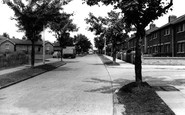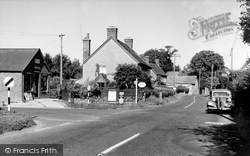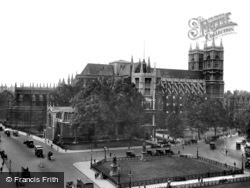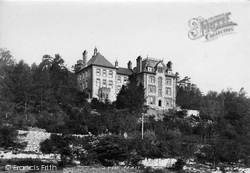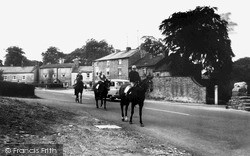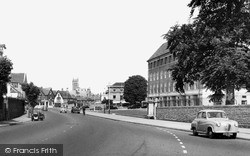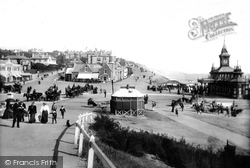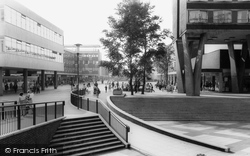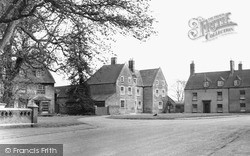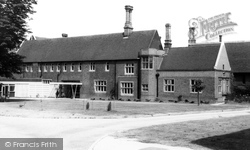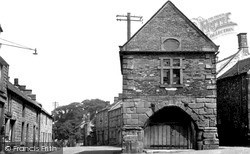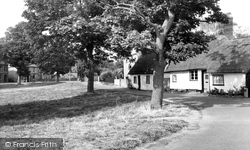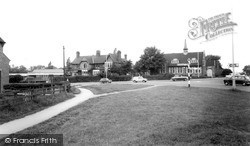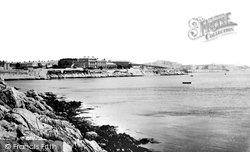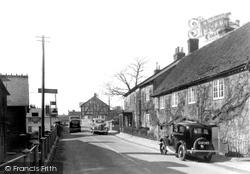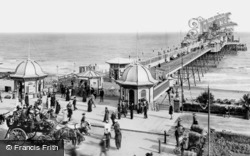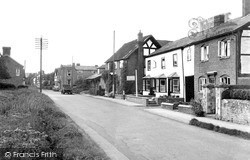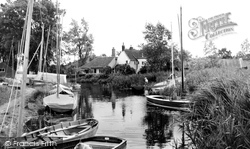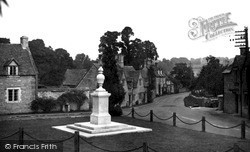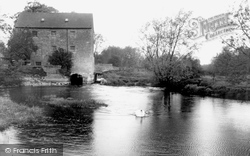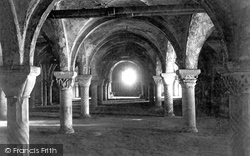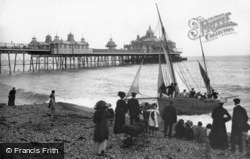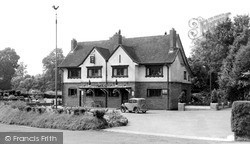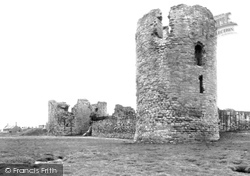Merry Christmas & Happy New Year!
Christmas Deliveries: If you placed an order on or before midday on Friday 19th December for Christmas delivery it was despatched before the Royal Mail or Parcel Force deadline and therefore should be received in time for Christmas. Orders placed after midday on Friday 19th December will be delivered in the New Year.
Please Note: Our offices and factory are now closed until Monday 5th January when we will be pleased to deal with any queries that have arisen during the holiday period.
During the holiday our Gift Cards may still be ordered for any last minute orders and will be sent automatically by email direct to your recipient - see here: Gift Cards
Places
Sorry, no places were found that related to your search.
Photos
Sorry, no photos were found that related to your search.
Maps
7,034 maps found.
Books
163 books found. Showing results 4,681 to 4,704.
Memories
22,913 memories found. Showing results 1,951 to 1,960.
Playing In The Corn Fields
I lived in the cottage next to the Chapel, and played with Wendy, we used to cycle to Upware and Wicken fen. At one point we would sit on the haystacks after the farmers had finished them. I would go horse riding in ...Read more
A memory of Swaffham Prior in 1966 by
Little Sutton
I seem to have opened up vast memory stores here! It's good to know so many people who were around at the time I was at Berwick Road are still around today. Mind you, fifty-ish isn't old these days never mind what teenagers ...Read more
A memory of Little Sutton by
Hello Alfie Kirkham
I used to live in Meadows Lea, Darby Road and you were in my class at school! My name was Mary Treacy!
A memory of Caergwrle in 1940 by
Spaldwick Windmill The Belton Family
The Belton family has a long association with Spaldwick as millers, witnessed by a hill being in the family name, (O.S. map 153), just north of the village. My mother's sister Violet Bass, from nearby Kimbolton, ...Read more
A memory of Spaldwick in 1955 by
193940 School Days
I remember the Town Hall at Cowbridge. In those days there was no one way system around it like today. The school boy interest was the Merryweather Fire Engine that was kept in a garage at the side of the Town Hall. Great fun to ...Read more
A memory of Cowbridge in 1940 by
St. George's Presbyterian Church
St. George's Presbyterian Church stands in the forefront of this photograph between what was the Co-operative shop and Tommy Jones the fishmongers shop. How long the Presbyterian Church has stood on this site I ...Read more
A memory of Little Sutton in 1972 by
The Norfolk Family
I am John Howard Norfolk and although I have never lived in Yorkshire I know that my Norfolk family were farmers, millers and tanners in Harewood and nearby Wharfedale villages for many hundreds of years until the late 1800's. I ...Read more
A memory of Harewood in 1860 by
I'm Still Owed Ten Shillings!
I remember the inside of the Baptist Chapel as I attended regularly from the age of 5 until my early teens. A Reverand Exall and a one-armed man called Mr. Chapman were in charge. On Anniversaries they used to put ...Read more
A memory of Melton Mowbray by
Happy Days
i was born in Algers Road, Loughton in 1942 and moved to Chigwell in 1944, then back to Buckhurst Hill in 1947. My dad worked as a lorry driver for W.C.French. My brother Chris and friends used to walk up to Buckhurst Hill High Road ...Read more
A memory of Buckhurst Hill in 1947 by
Dacre Avenue
My friend Dionne Page lived here, Number 10 if I remember right, well the house on the corner......had just left school, Aveley Comp, as it was then called. Dionne's dad use to call us "THE BLACK FOOT TRIBE". That summer we used to hang ...Read more
A memory of Aveley in 1981 by
Your search returned a large number of results. Please try to refine your search further.
Captions
9,654 captions found. Showing results 4,681 to 4,704.
Earlier residents of Shillingstone had taken part in the Clubmen's Rebellion, an attempt by local people to keep the warring factions of the English Civil War out of the area.
We are looking at Parliament Square from an upstairs window on the corner of Parliament Street abd Bridge Street during the First World War.
The North East Counties Convalescent Home for miners and other such workers would only recently have opened at this time, as only Phase One has been built; photograph No 47052 shows the
Middleham, a medieval township at the mouth of Wensleydale, is famous for breeding and training racehorses and for its historic castle, once the home of Richard Neville, Earl of Warwick, and later of King
The new building was beautifully designed by Vincent Harris, and it is situated next to the municipal offices at Shire Hall.
High above the East Cliff promenade are the turrets and flags of The Royal Bath Hotel, one of the town's leading resorts at this time.
Work on the town centre had begun in 1956. The shops at Laindon, Vange and Pitsea—the old centres—tended to suffer as new business was drawn into the precinct.
The quoins are of re-used abbey stone, and the stone slate roofs came from Colleyweston in Northamptonshire. It was possibly at this house that the plans were made for constructing the Bedford Level.
The Diocesan Teacher Training College at Hockerill was started by the Rev Menet and the Rev Rhodes in 1852.
The 17th-century Old Market House at Winster was the first property to be acquired, in 1906, in the Peak District by the National Trust.
The green, on the far side of the village from the church and overlooked by the village school, is now enclosed with a low wooden fence.
A major roundabout lies just off to the right, at the junction of Ormesby High Street and Cargo Fleet Lane, and this view looks north towards Middlesbrough.
Taken from Devil's Point looking across Firestone bay with the Hoe just visible on the far right.
To the north-west of the New Forest is the peaceful little town of Fordingbridge, named after the ancient ford and medieval bridge which facilitate a passage across the River Avon at this point.
Taken from the Grand Parade, this view shows well the much-needed 1903 windbreak screen and the higher deck level of the post-1877 rebuilt landward section of the pier, which had been washed
There are a number of lovely timber-framed buildings in this village, and many more that were once of timber, until a brick façade was added at a later date.
A tranquil backwater off Hickling Broad shows privately-owned yachts at rest among the reeds.
Not far distant from the Slaughters are the little villages of Lower and Upper Swell, both situated in an entrancing rural landscape along the banks of the River Dikler.
The 18th-century working water-mill lies on the River Thame, about a mile from the centre of the village of Cuddesdon.
The crypt dates from Norman times, and it is considered to be one of the finest in the world. Note the decorative carving on the pillars, which is similar to that at Durham Cathedral.
Its first theatre seated 400, and cost a mere £250 - it eventually became a cattle-shed at Lewes!
There were once at least two inns close to Littleham church. The Plough Inn was demolished to allow for the extension of the graveyard, leaving the New Inn a few yards further down towards the sea.
Work on the town centre had begun in 1956. The shops at Laindon, Vange and Pitsea—the old centres—tended to suffer as new business was drawn into the precinct.
Flint was given a large but weak outer bailey, but the rectangular inner ward was supported with towers at the angles.
Places (0)
Photos (0)
Memories (22913)
Books (163)
Maps (7034)


